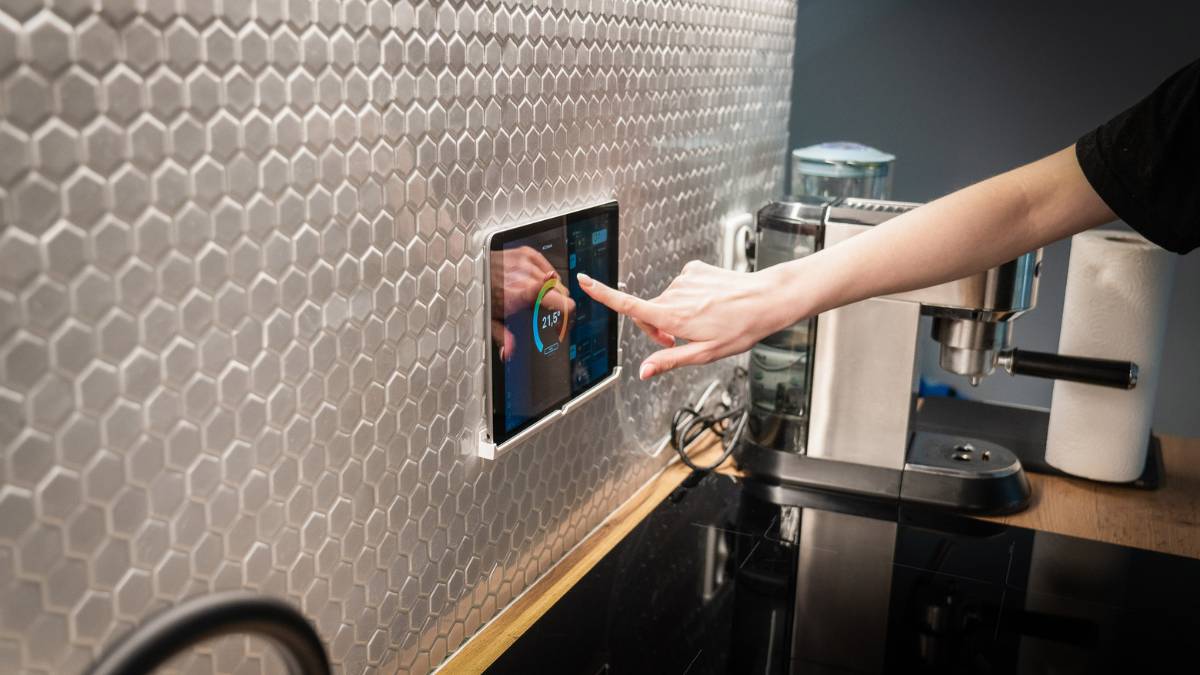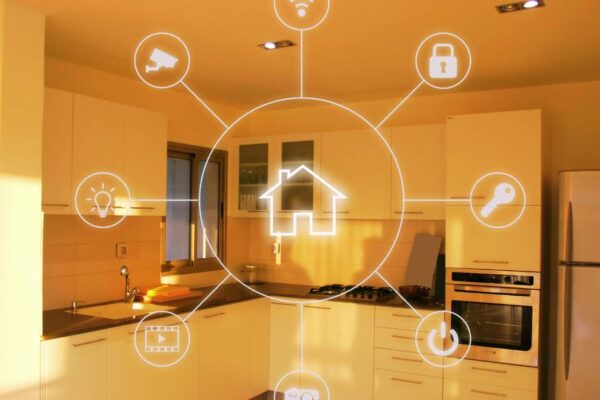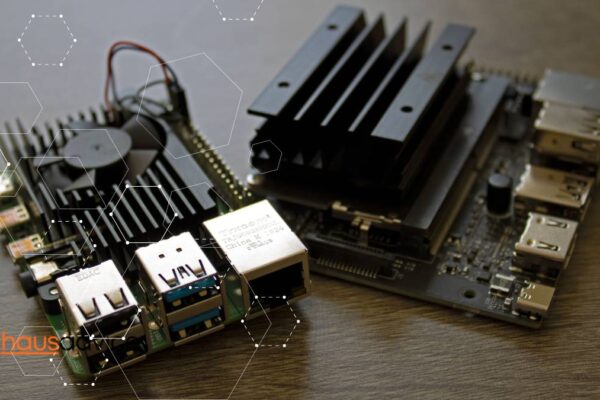The fast-paced digital age has transformed the concept of a “smart home” from science fiction into an everyday reality for many people. Knowing what a smart home refers to and how it operates becomes essential as a growing percentage of households embrace connected technologies. This article explores the intricacies of smart homes, delving into their components, technologies, functionalities, benefits, challenges, and future prospects.
How Smart Home Works
Smart homes function by gathering data, automating tasks, and allowing remote access. Smart devices contain sensors that collect data, which is then analyzed to initiate automated actions or events. Smart home systems can be controlled and customized remotely through smartphone apps or voice assistants, providing convenience and flexibility for users.
Components of a smart home
Numerous interconnected gadgets, each adding to the usefulness and comfort of a smart home, make it what it is. These tools and home products, which are sometimes called “smart” or “connected” devices, are made to make different parts of daily life easier and more convenient.
Security
Another important thing that smart home components take care of is security. Security cameras watch over your home in real time, giving you peace of mind and a way to keep potential threats away. Smart door locks offer better protection with features like closing and unlocking from a distance and integrating with home automation systems for easy control of who can get in and out.
Motion sensors
Motion sensors are very important to home automation because they can tell when someone moves and start automatic actions like turning on lights or setting off security alerts. Artificial intelligence-powered voice assistants are the hub for handling and managing smart home devices through voice commands. This lets you use your words instead of your hands, which is more convenient.
Connectivity
Wi-Fi, Bluetooth, Zigbee, and Z-Wave are just a few of the communication methods that these parts use to talk to each other and the user. This connectivity lets gadgets in a smart home work together and syncs up without any problems, making automation and control possible.
When put together, these parts make up the core of a smart home. They turn ordinary living areas into smart, interconnected spaces that improve safety, comfort, and energy economy. The types of smart home components and their functions are likely to grow as technology keeps getting better. This will allow smart home users to find even more creative ways to meet their changing needs and wants.
Core technologies behind smart homes
Two main technologies make smart homes work: the Internet of Things (IoT) and Artificial Intelligence (AI). IoT lets devices share and collect data, and AI, which is driven by machine learning algorithms, makes it possible for smart homes to be automated, personalized, and able to make predictions.
You might also like: Home Automation Using Raspberry Pi
Benefits of smart homes
Adopting smart home technology has many benefits and here are a few of them:
Convenience: Smart homes are the most convenient places to live because they automate routine jobs and let you reach different functions from afar. Smartphone apps or voice prompts let people handle their lights, thermostats, and security systems from anywhere. This makes daily life easier and saves time.
Energy efficiency: One of the best things about smart houses is that they can use energy more efficiently by tracking and controlling them intelligently. When people use smart heaters, for example, they can learn what temperature and humidity levels they like and change them automatically, which saves energy and lowers their utility bills. Smart lighting systems can also change the brightness of lights automatically and turn them off in places that aren’t being used, which saves even more energy.
Enhanced security: Smart home security systems offer advanced features like real-time tracking, motion detection, and online access, which make homes safer and give people peace of mind. Users can get immediate tips on their smartphones if they see anything strange. This lets them move quickly or call the police. Smart door locks allow for safe access control by letting users lock or open doors from afar and keep an eye on who is coming and going.
Accessibility: Smart home technology can make it easier for people with disabilities or movement issues to get around. Users can handle voice-controlled assistants and automatic devices without using their hands, which makes it easier to connect with their surroundings. Smart doorbells with video features let users see and talk to guests from afar, making things easier to get to and more accessible.
Cost Savings: The starting cost of smart home technology may seem high, but it can save you a lot of money in the long run. Smart homes can lower electricity bills and upkeep costs by making the best use of energy. Smart devices can also help keep expensive damage from happening by finding and fixing problems like leaks or broken parts early on.
Customization and Personalization: Smart home systems can be changed to fit each person’s tastes and way of life, giving people a unique experience. Users can make personalized patterns for different times of the day or tasks by using smart programming and scheduling. This makes things more comfortable and easy to use. Smart lighting systems can, for instance, imitate the patterns of natural sunshine or change color temperatures to create the mood you want.
Remote Control and Monitoring: One of the best things about smart homes is that you can watch over and manage your gadgets from afar. Users can use smartphone apps or web tools to check security video feeds, change the settings on the thermostat, or even water the plants when they’re not at home or on the road. This amount of online access gives users peace of mind and makes sure they can always connect to their homes.
Challenges and considerations
Smart homes have many benefits, but they also come with some challenges and things to think about. Privacy and security worries about collecting data and devices that aren’t secure are still the most important things. It’s also important to think carefully about the initial setup and merging challenges, the technology needed, the costs, and the environmental effects.
Final words
In conclusion, smart homes are a huge step forward in the way people live, as they offer unmatched ease, efficiency, and connection. By learning about the parts, technologies, functions, pros, cons, and possible futures of smart homes, people can make smart choices about whether to adopt and enjoy this new way of life. As smart home technology keeps getting better, there are a lot of ways it can make our lives better.




